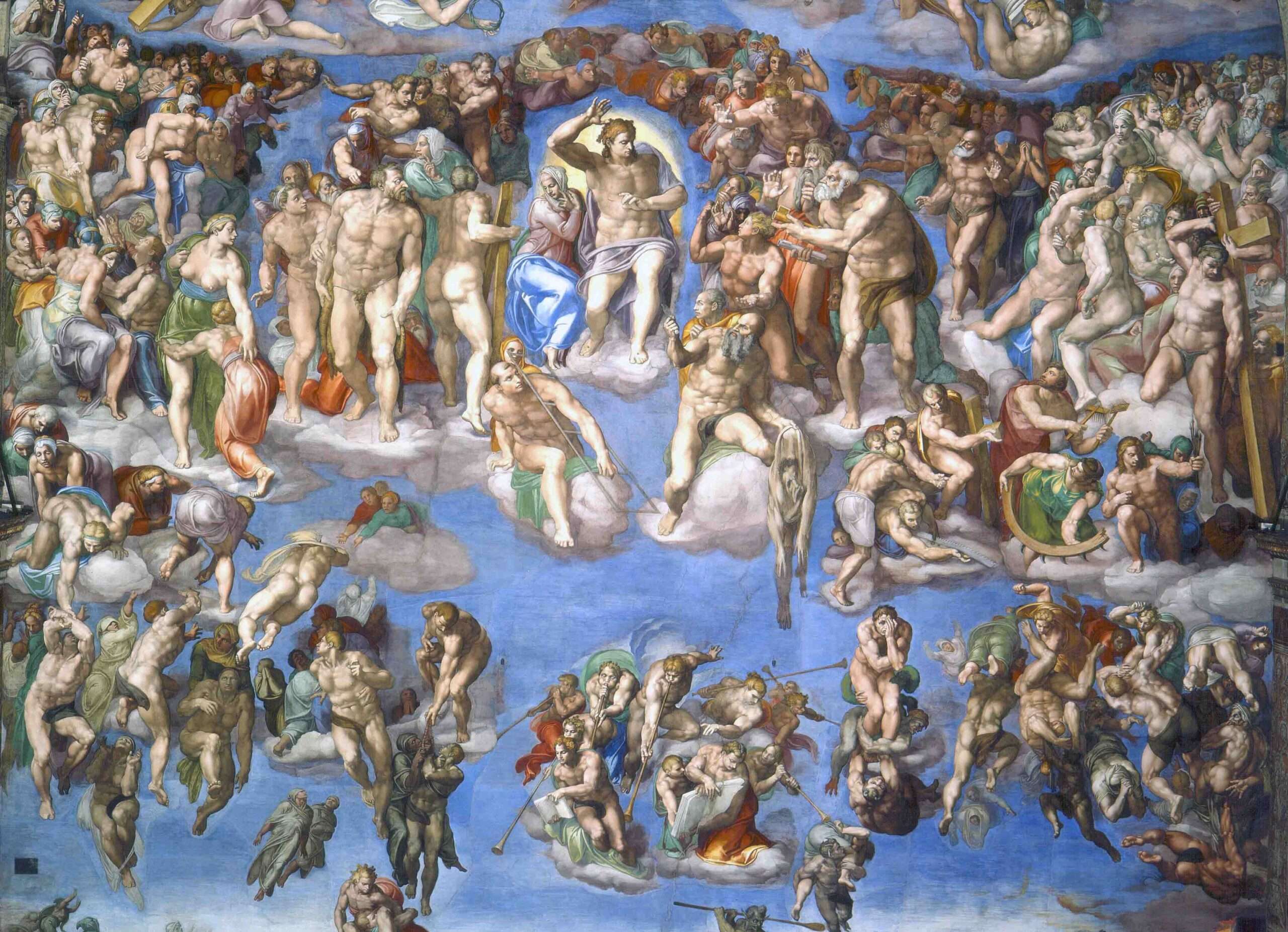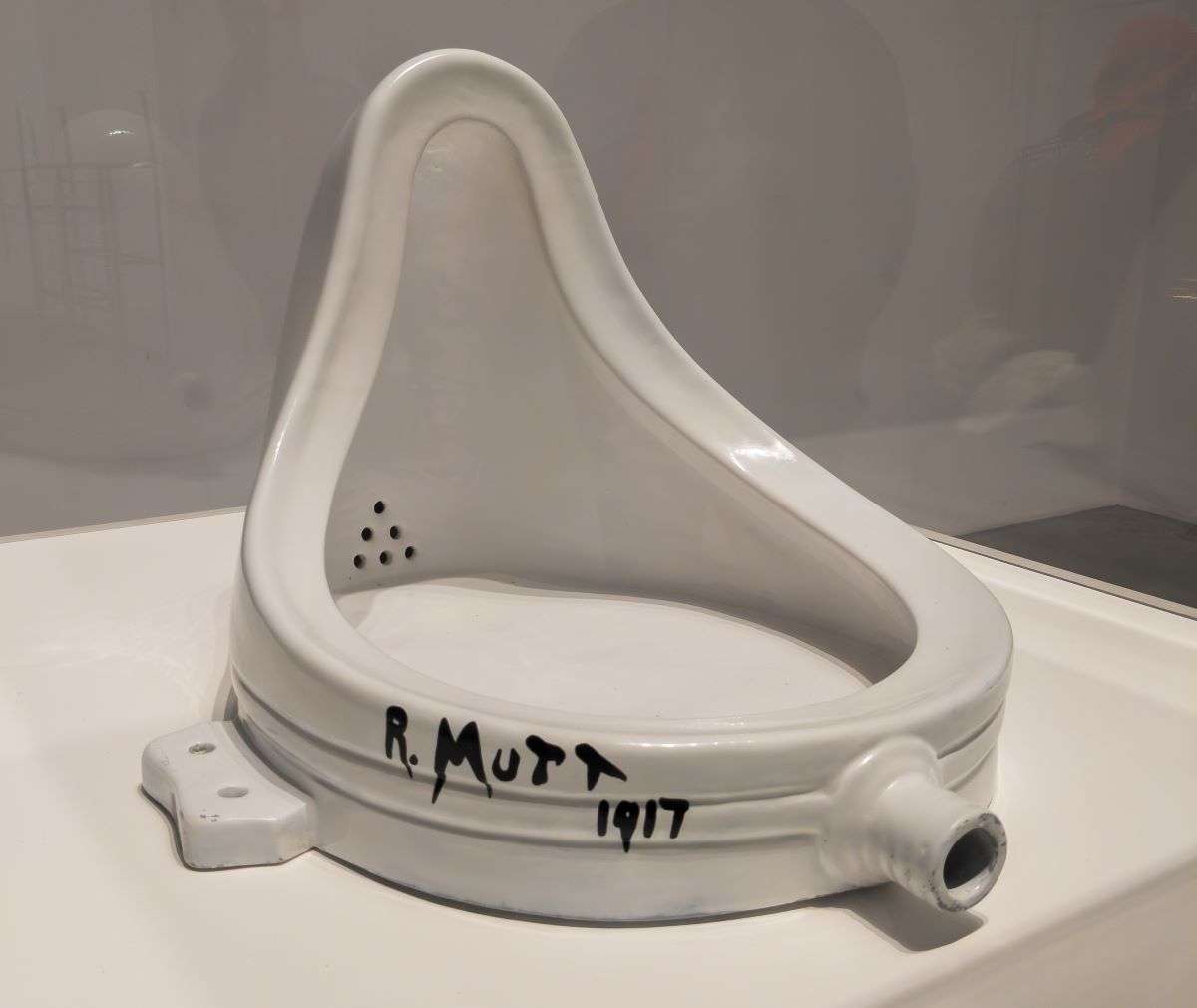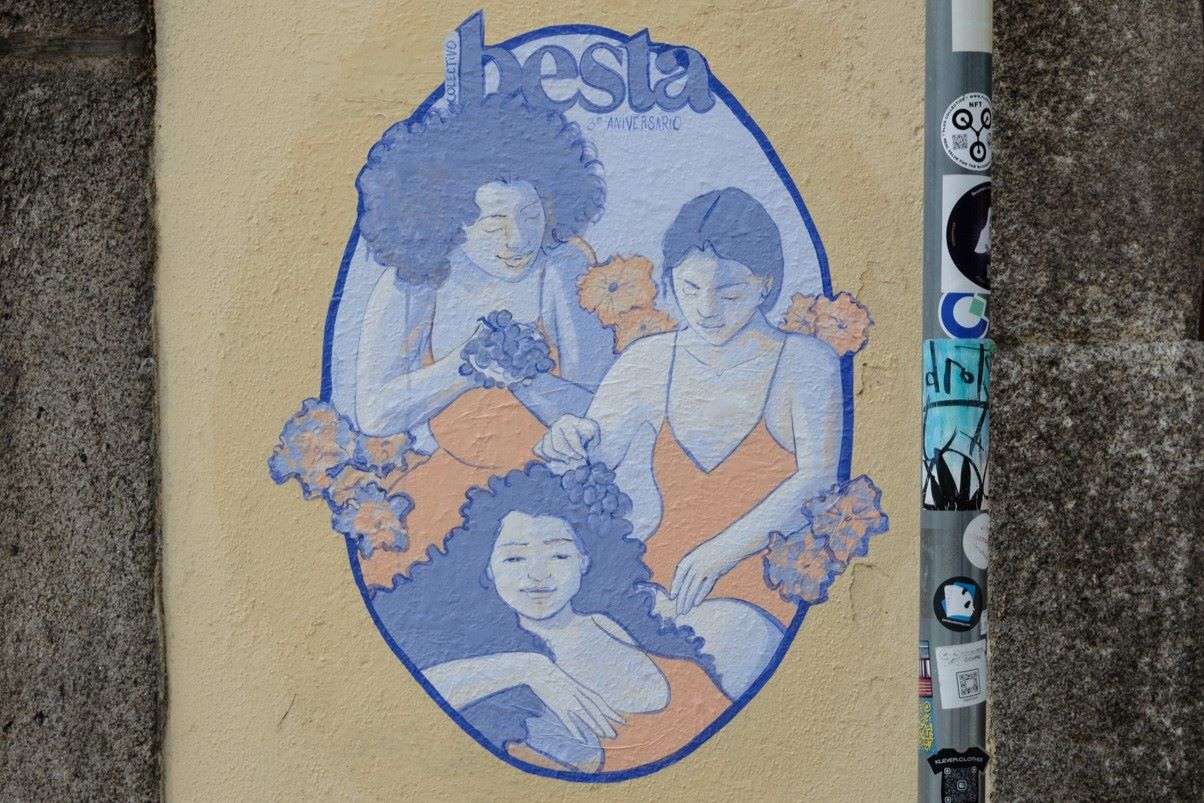We often hear about the Mona Lisa’s enigmatic smile and how her gaze seems to follow us, but her true significance still raises questions. Why is the Mona Lisa so famous? After all, many other paintings are equally remarkable, and until the early 20th century, she was often dismissed as “just another painting by da Vinci.”
The Rise of the Mona Lisa: What Made Her a Global Icon?
So, what led to her rise in fame? It is known that the Mona Lisa once adorned Napoleon’s bedroom. She endured an acid attack. She even had a stone thrown at her. But the key event that skyrocketed her fame was her theft!
We’ll dive into that shortly. First, let’s explore the painting itself.
The Origin and Name of the Mona Lisa
Originally untitled, the work was first known as La Gioconda, meaning “The Joyful Woman.” It later gained the more famous title, Mona Lisa, following Vasari’s reference to the model as Madona Lisa, or Lady Lisa. Thus, it was baptized and renamed, becoming one of the most recognized paintings in the world.
The Meaning Behind La Gioconda
The translation of La Gioconda as “The Joyful Woman” highlights Mona Lisa’s mysterious expression, which continues to fascinate scholars and art enthusiasts today. This name emphasizes the duality of serenity and enigma present in the artwork.
The Revolution in Female Portraits and Landscape Painting
The Mona Lisa stands out due to its technical and formal innovations. Key among these is the reinvention of the female portrait and the depiction of landscapes. In the 15th century, women were commonly painted in profile, often at the time of their marriages, to emphasize their elaborate clothing rather than their personality or their features. Leonardo da Vinci broke with tradition by opting for a three-quarter pose, focusing on the model’s face and expression.
How Leonardo da Vinci Revolutionized Portraiture
By choosing a three-quarter pose, da Vinci introduced depth and realism that revolutionized portrait painting in Italy. This approach emphasized the model’s expression and individuality, showing her less stiff and more natural. This quality is not unique to the Mona Lisa and it is present in most of da Vinci’s work.
Aerial Perspective: Da Vinci’s Groundbreaking Technique
One of the most celebrated techniques in the Mona Lisa is the aerial perspective, which elevated landscape painting to a major theme rather than just a backdrop in portraits. This technique creates depth in landscapes by using layered sections that alter color tones to more bluish and grayish hues as objects recede from the viewer.
The Impact of Aerial Perspective on Art
Leonardo da Vinci’s use of aerial perspective not only transformed landscape painting but also set new standards for depth and spatial representation, influencing countless artists who followed.
Sfumato: Da Vinci’s Innovative Technique
In the Mona Lisa, both the portrait and the surrounding landscape showcase da Vinci’s famous technique, sfumato. This method involves the smooth transition between colors, subtle tone gradation, and the absence of harsh outlines.
These features impart a natural, realistic atmosphere to the painting, as all elements become one. In fact, Vasari further popularized the Mona Lisa by asserting that it exemplified how “art faithfully imitates nature.”
The Sfumato Technique and Its Role in Artistic Realism
Da Vinci’s sfumato technique facilitates a smooth color transition, eliminating sharp outlines and creating a more lifelike and natural effect. This method was crucial in achieving the Mona Lisa’s remarkable realism and highlighting Leonardo da Vinci’s artistic skill.
The Theft of the Mona Lisa: The Scandal That Made it so Famous
What truly kept the Mona Lisa in the global spotlight was her theft in 1911 and the ensuing media frenzy. To illustrate the case’s scale, investigators even briefly considered Pablo Picasso a suspect of the crime, adding an intriguing layer to the story!
Two years after the theft, authorities recovered the Mona Lisa in Italy when an art dealer in Florence alerted them to a man attempting to sell him the painting. The thief was Vincenzo Peruggia, an Italian immigrant in France who had worked at the Louvre Museum. His job was to adjust the glass of various paintings, including Mona Lisa’s glass. One day, Peruggia, along with two accomplices, removed the painting from the wall, hid it overnight, and escaped with it the next morning.
Unable to sell the painting due to intense media coverage, Peruggia hid it in a false compartment of a trunk until it was recovered. Peruggia was eventually tried and convicted, and the Mona Lisa toured Italy before returning to the Louvre Museum. At that point, many French people began to view the Mona Lisa as a national treasure they had lost and subsequently reclaimed.
The Effect of the Theft on the Mona Lisa’s Global Fame
The theft of the Mona Lisa catapulted the painting to international fame. The global interest sparked by its disappearance and recovery, solidified its status as one of the world’s most iconic artworks.
Discover More at Our Art Gallery in Porto
If the captivating story of the Mona Lisa and Leonardo da Vinci’s innovative techniques have piqued your interest, we invite you to visit our art gallery in Porto, Colectivo Besta. Here, you can explore artworks by talented local and emerging artists and discuss art history and techniques with our team. Whether at our physical gallery in Porto or through our online store, we are eager to share our passion for art and help you find unique pieces that resonate with your artistic sensibilities. Come visit us and immerse yourself in a world of art that’s both inspiring and accessible! Or drop us a message if you have any questions!





